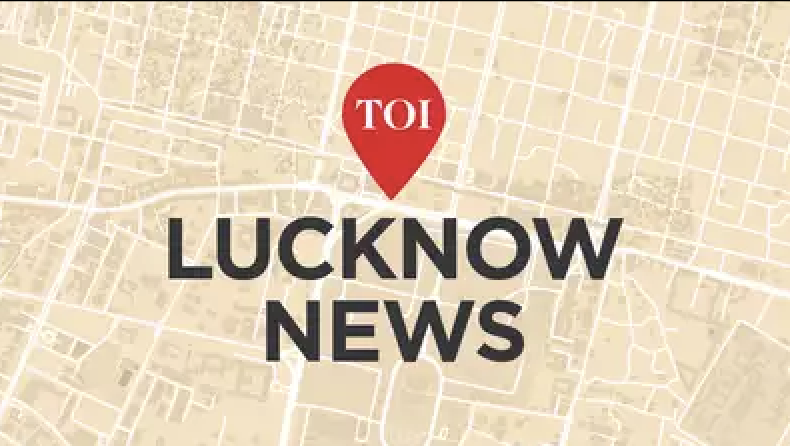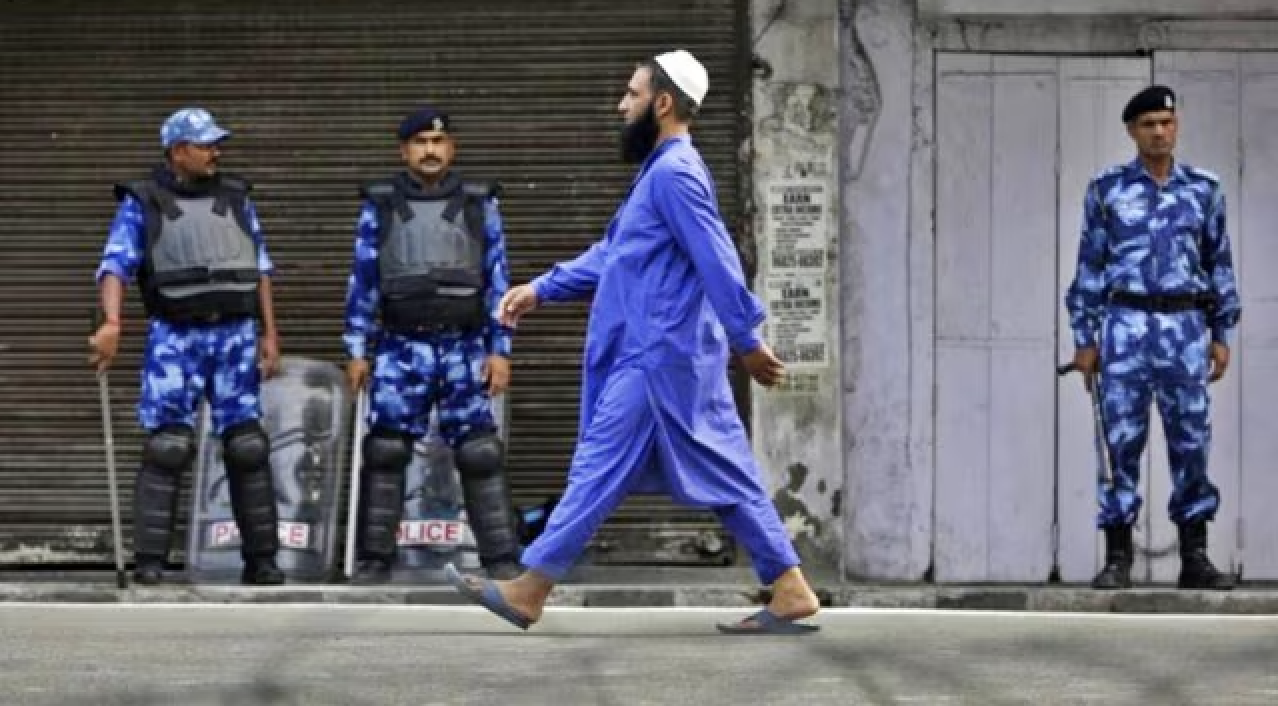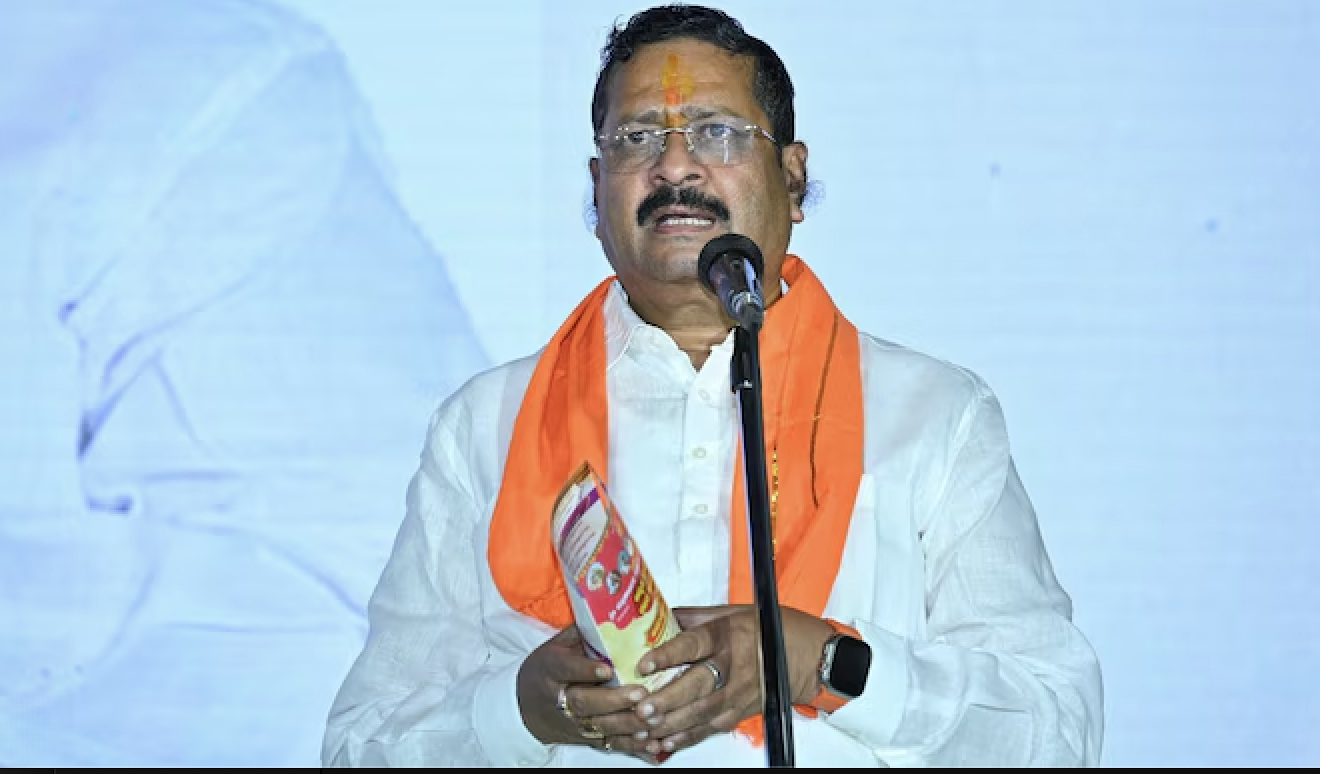
The ideology will likely leave India divided, weaker and poorer.
India marked the festival of Ram Navami — commemorating the birthday of the Hindu deity Lord Ram — with gusto on April 10.
But more than the customary celebrations that normally define such pious occasions, the day will be best remembered for the many acts of criminality that swept every corner of the vast nation.
Across the Indian states this Sunday, marauding mobs of Hindu fanatics were out on the streets raising provocative slogans against minority communities, primarily Muslims, and vandalising mosques. In some places, they carried out physical assaults.
Lord Ram embodies love and remains synonymous with righteous rule. But there was little that was righteous about the manner his birthday was celebrated this time.
Amid reports of violence pouring in from various states — from Gujarat in the west to Bengal in the east — even Delhi, the nation’s capital, wasn’t spared.
At its sprawling Jawaharlal Nehru University, known to be a citadel of left-wing liberalism, right-wing activists reportedly attacked students to prevent them from having meat on such an “auspicious” day. Scores were injured and dozens were arrested following the fracas.
Minor details, such as Indians being overwhelmingly non-vegetarian, with surveys showing that some 70 percent of them regularly consume meat, mattered little to the assailants.
An outspoken section of high-caste Hindus has long been peddling the misplaced religious virtues of vegetarianism, and the Hindutva (Hindu supremacy) brigade that is bent on establishing the supremacy of Hindus is attempting to force the rest of India to adhere to it.
Coming in the wake of a spate of assaults directed at minorities — from lynching Muslim cattle traders to the orchestrated opposition against students who wore the Hijab, the Muslim headscarf — Sunday’s Ram Navami served the newest evidence that India is dangerously hurtling down the road of unabashed Hindutva.
But India is a diverse country where Hindus make up some 80 percent of the population. Muslims, Christians, Sikhs, Jains and others make up the rest of the country, where 22 official languages are spoken across regions rooted in different landscapes, customs and traditions.
Needless to say, the hegemonic vision of Hindutva does not sit well with an India that has always celebrated its unity in diversity. Many, therefore, are immensely concerned about its ultimate consequences.
Muslims, for that matter, already have reasons to be worried.
In state after state, they have been targeted, vilified and browbeaten; the latest being the Muslim traders of Karnataka state who have been barred from setting up shop in temple fairs.
Before that, their right to offer prayers at designated places was curtailed in places such as Gurgaon, near Delhi. There is now a campaign to ban mosque loudspeakers.
Suddenly, these 200 million Muslims can be excused for feeling less Indian. Report after report has indicated that as a community they have not been doing well.
For example, less than three percent of Indian executives in the top 500 companies are Muslim, and no more than 21 percent of Muslim workers have salaried jobs, compared to 33 percent of Hindus.
The current situation, high on religious hatred and steeped in growing intolerance, will make it worse for them.
If some among the community are to be believed, many Muslims who have the means are already leaving India for safer places. Those who cannot are putting their head down and withdrawing further into themselves, accelerating the process of ghettoisation.
But Hindutva won’t just affect Muslims alone.
It targets Muslims now, but it would ultimately hurt Hindus as well, argued historian and commentator Ramchandra Guha in a recent column. Among the several consequences he cited, was that Hindutva would make Hindus behave like a majority with a minority complex.
Muslims make up just 14 percent of the Indian population, posing no threat to the Hindu majority. Yet proponents of Hindutva, including the RSS, a Hindu nationalist volunteer organisation and the spiritual fountainhead of Prime Minister Narendra Modi’s ruling Bharatiya Janata Party, paint a starkly contrasting picture.
“Hindu khatre main hain,” (Hindus are in danger) remains the favourite refrain of its supporters.
But as Hindu hotheads seek to face up to what they believe is their existential challenge, there are renewed fears about India’s future. Its economy, for one, will expectedly take a hit if Muslims are to be excluded and the community finds themselves more on the margins.
As it is, India isn’t doing too well economically. Growth has been sluggish, inflation high and unemployment is on the rise. The overall unemployment was at 7.6 percent, as of the end of March.
It could get worse if hatred and strife are allowed to spiral. As many economists say, hate and paranoia are not exactly the means for societies to prosper.
According to them, India is unlikely to become an economic powerhouse if it excludes its minorities — some one-fifth of the population — from economic activity.
The country, they say, would instead need freedoms, trust and stability to progress. And entrepreneurs, irrespective of their caste, creed and religion, would be required to innovate and inspire.
Hindutva fanatics are continuing on their path of muscular nationalism though, undeterred by the commonly voiced apprehensions. They are apparently out to rediscover the lost glory that India forfeited during its long Mughal and latter-day British rule.
According to them, India was a frontrunner on all things in ancient times, from flying aeroplanes to plastic surgery. Hindutva, they say, will help restore the country’s pride and preeminence.
But they could be living in a paradise — a fool’s paradise to be precise.
Using inherently divisive religious nationalism to produce economic growth is the same as using the timber industry to increase the population of trees, a columnist pointed out recently.
Many tend to agree that Hindutva will leave India divided, weaker and a lot poorer.
This article first appeared on trtworld.com






